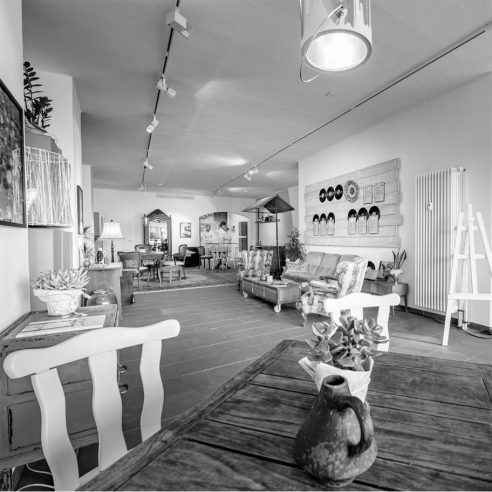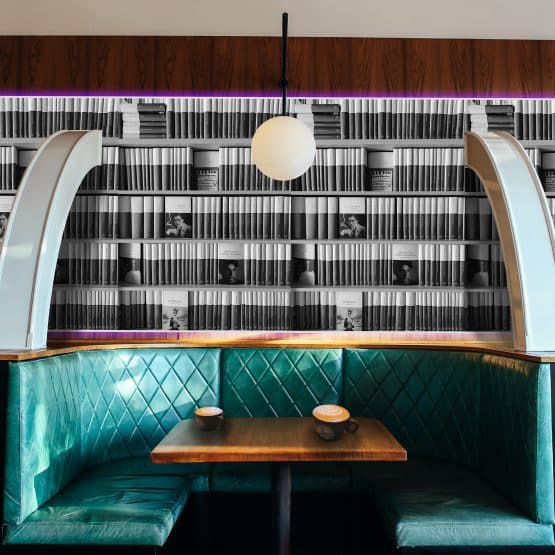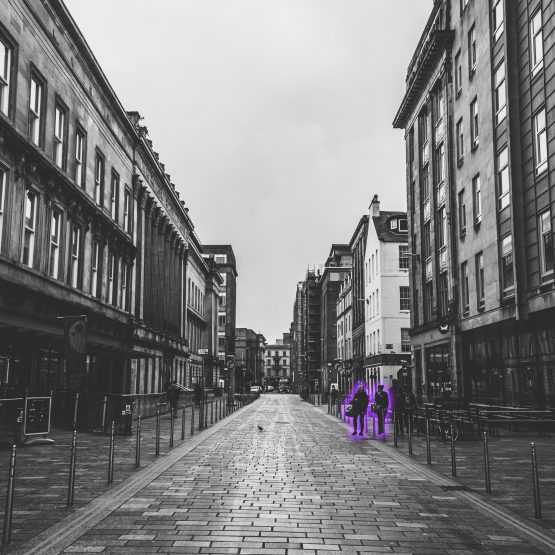Case
FASHIONBOX MG
The medium-sized town Mönchengladbach in Western Germany launched a digital pickup and testing service for apparal bought online. The innovative approach combines a parcel station, restaurant and showroom and provides a central meeting hub in the city. The good thing: The customer can pickup online parcels and fit on-spot in designated dressing rooms. If the oreder goods do not fit they can directly be returned in-store, no extra efforts required.
Interested in more inspiring cases?
Check out our published editions to dive deeper into the spheres of Reframing Retail.





